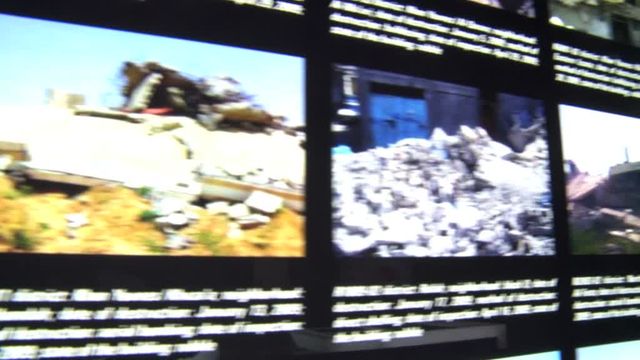Evidence
The Anthropocene Project. An Encyclopedia
How neutral is evidence? In television series and mystery shows, coroners and criminologists have long replaced the detectives. The field of looking for evidence on the tube stretches—usually in a rather scientifically informed way—from bone analysis to the evaluation of the smallest particles that usually provide a convincing whole in 30 to 90 minutes. In reality as well, evidence stands behind the attempt to convince others of the irrefutable truth. How convincing evidence is, is decided by judges after their examination. In this regard, how do we prove political or environmental crimes, what authority are they presented to? Who and when? After the toppling of a dictator of 30 years after an aid project gone wrong around which countless other causalities are entwined? In light of the possibilities of new technologies and growing mountains of data, evidence in the age of the Anthropocene is becoming no less bountiful, and the rhetoric is becoming increasingly complex. Perhaps it wouldn’t be a bad idea to expand the forum to include pieces of evidence, but also interpretations and publics, as suggested as part of forensics.
More information in the media section
Forensics and Human Rights Abuse. Wolfgang Kaleck in conversation with Anselm Franke
Forensis Exhibition. Keynote Speech by Eyal Weizman, Curator of Forensis
External links for further reading
Forensic Architecture, Files: Material Witness

